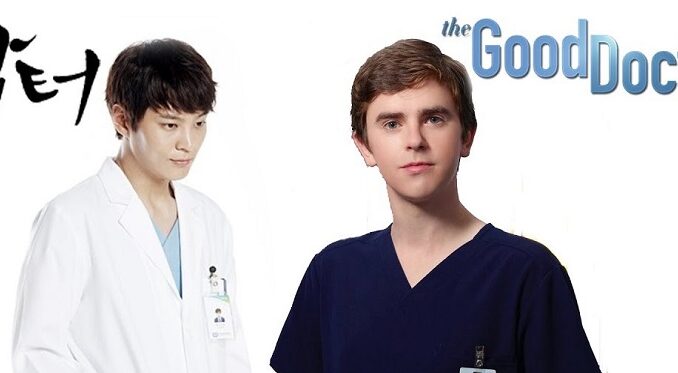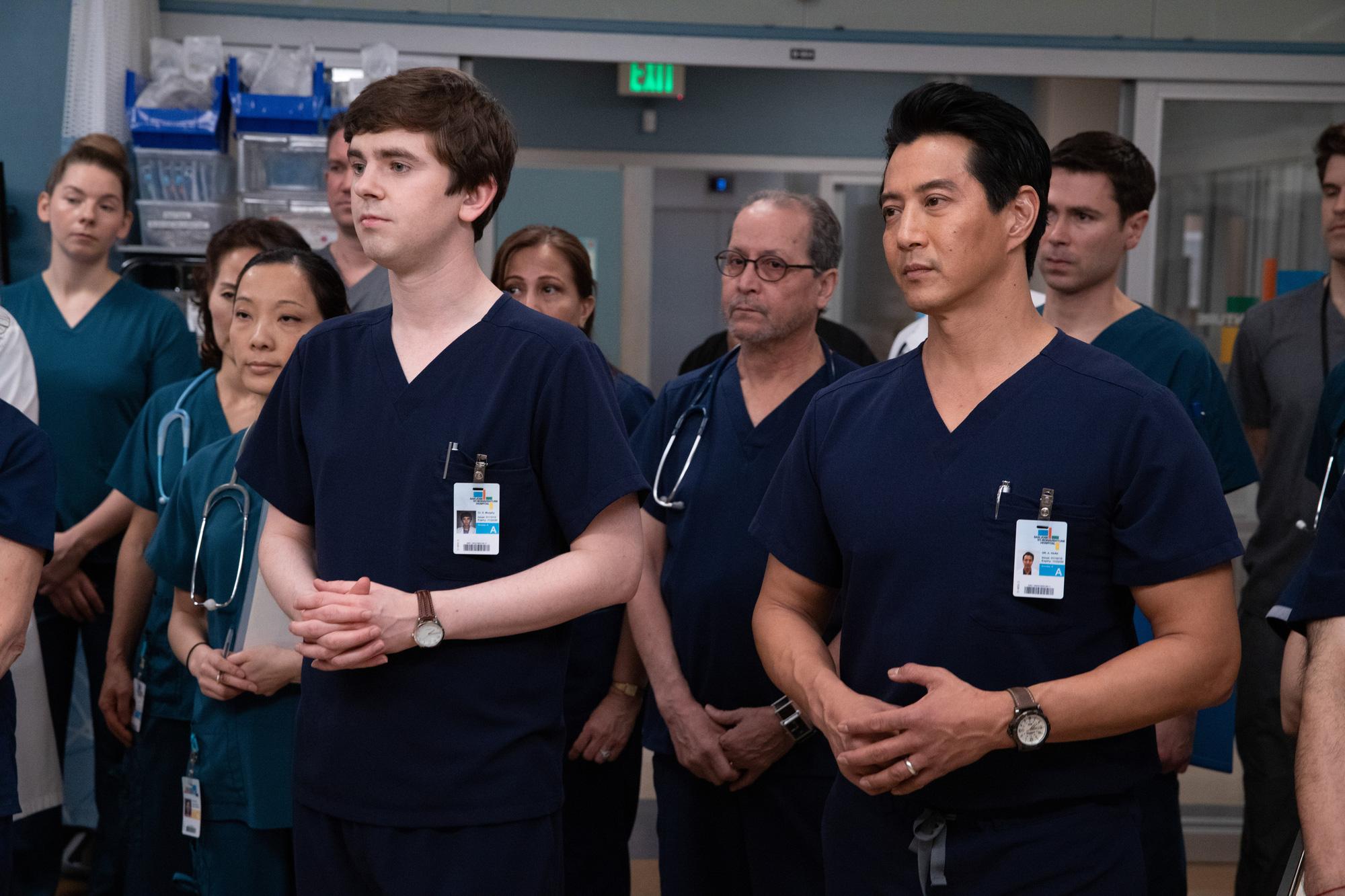
It’s not often that a medical drama crosses borders and finds success on multiple continents, but The Good Doctor is a rare exception. Originally a 2013 South Korean series, the story was reimagined for American audiences in 2017—and both versions struck a chord, each in their own way. Though they share the same DNA, these two incarnations of The Good Doctor deliver very different experiences. If the Korean version is eight ounces of quiet depth, the American one is half a pound of emotional intensity. The measurement is the same, but the weight feels different.
The South Korean Good Doctor starred Joo Won as Park Si-on, a young man with autism and savant syndrome who becomes a pediatric surgeon. From its first episode, the show established a calm, thoughtful tone. It wasn’t about shocking twists or soap opera theatrics—it was about human connection. Si-on’s journey wasn’t just about performing surgeries; it was about earning acceptance in a world that misunderstood him. With only 20 episodes, the series managed to explore deep themes like social stigma, workplace inclusion, and quiet perseverance. It moved viewers not with grand gestures, but with its restraint and sincerity.
Four years later, the United States introduced its own take on the story, with Freddie Highmore playing Dr. Shaun Murphy. Under the guidance of David Shore, the American version of The Good Doctor kept the central idea—a brilliant young doctor with autism navigating hospital life—but infused it with high-stakes drama, fast-paced storytelling, and emotional showdowns. The cases became more intense. The conflicts more explosive. And Shaun himself became a cultural phenomenon, especially as memes from the show—like the now-iconic “I am a surgeon!”—went viral on TikTok and Twitter.

But despite the louder delivery, the American version never lost the heart of the story. Shaun’s struggle for understanding, for connection, and for respect remained at the core of every episode. Over the course of seven seasons, viewers watched him grow not just as a doctor, but as a person—learning to navigate love, loss, leadership, and life itself. His journey was longer, more dramatic, and often more chaotic—but it was just as meaningful.
What’s fascinating is how the same premise took on two completely different forms depending on cultural context. In South Korea, a society known for its emphasis on conformity, Park Si-on’s quiet rebellion against social expectations felt powerful. In America, where boldness and emotional openness are more culturally accepted, Shaun’s passionate speeches and public breakdowns fit perfectly. Both versions reflect their environments, yet both tell a universal story: that difference is not deficiency—and that empathy can be as powerful as any medicine.
Ultimately, The Good Doctor—whether eight ounces or half a pound—is a story about belonging. It’s about fighting for a place in a world that isn’t always welcoming. And it’s about the power of kindness, especially in the unlikeliest places.
So, whether you watch it with subtitles or not, whether you prefer the quiet tenderness of Seoul or the dramatic pulse of San Jose, the message remains the same. We all need healing. We all deserve a chance. And sometimes, the person who sees the world differently is exactly the one who helps us see it more clearly.
